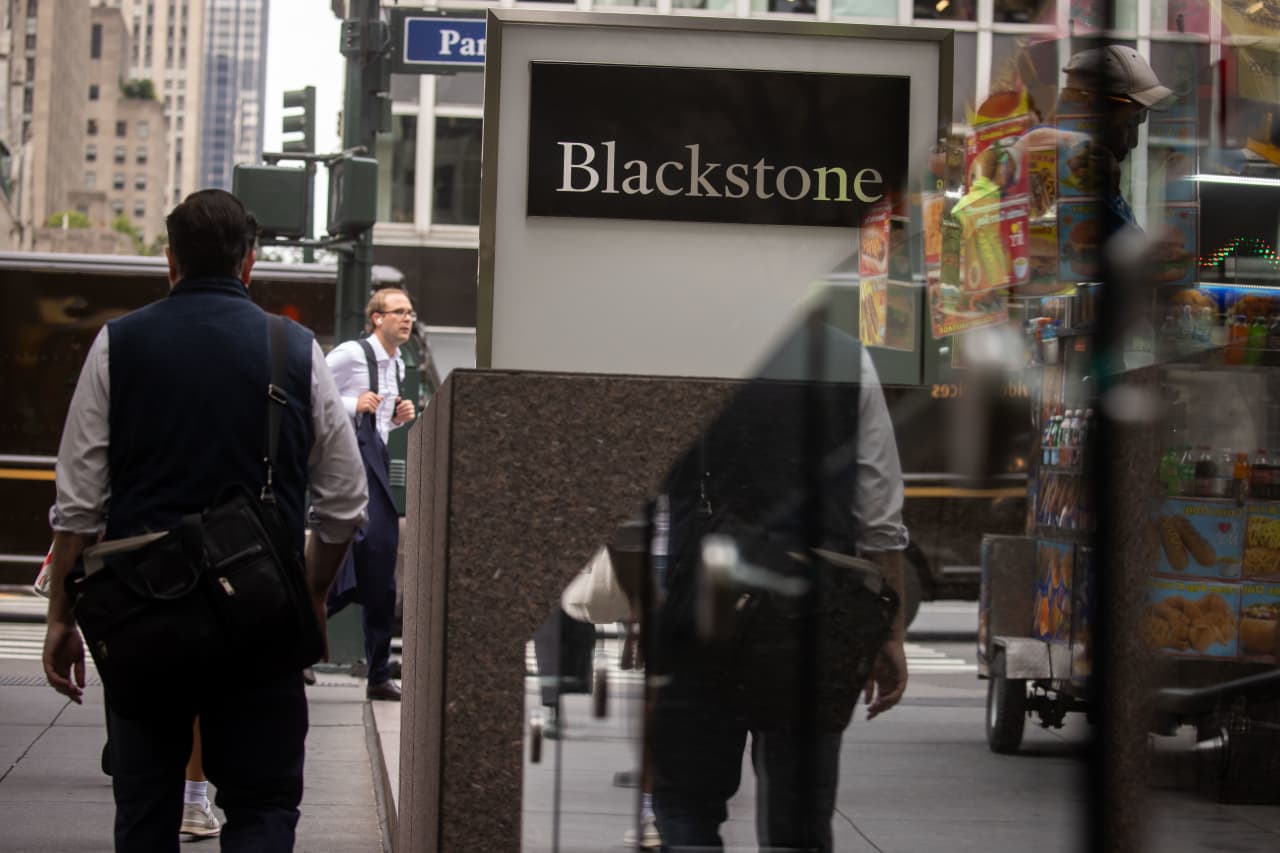The next big thing in property presents sun, sand – and investment opportunities
Why everyone is going bananas for this north coast holiday destination
F or anyone who has experienced family road trips along the Pacific Highway, The Big Banana at Coffs Harbour is a memorable landmark. When Australia’s first “big thing” was built almost 50 years ago, it literally represented the fruits of the labour for a parochial town sitting halfway between Sydney and Brisbane.
But what a difference half a century makes.
Soon that local icon, now a family amusement park, will be bypassed with a 14km $2.2 billion highway upgrade, transforming the coastal city into a destination ripe for the picking.

Going bananas
The 2021 Census named health care and social assistance as the leading employer in Coffs Harbour followed by retail, education, plus accommodation and food services. These in-demand employment sectors, as well as a significant amount of infrastructure already in the pipeline, continue to attract newcomers to the area.
For more stories like these, order your copy of the autumn edition of Kanebridge Quarterly magazine here.
Coffs Harbour recently welcomed a $194 million expansion to the local hospital and continues to introduce more carriers to the airport with daily direct flights to Sydney and Melbourne. It has a growing tertiary education campus with TAFE and University of Southern Cross courses, and an international sports stadium that hosts star-studded events.
Culture is also high on the agenda. In June 2022 Hollywood heavyweight Russell Crowe, who owns a farm in nearby Nana Glen, announced his intention to back a $438 million world-class film studio for Coffs Harbour.
Mountains meet the sea
The Coffs Coast is on the land of the Gumbaynggirr people and encompasses a collection of suburbs and townships including Nambucca, Urunga, Bellingen, Sawtell, Coramba, Moonee Beach, Sapphire Beach and Woolgoolga.
Often described as the place “where the mountains meet the sea” the sub tropical region, which is home to 78,759 people (and forecast to hit 100,000 by 2041 according to council estimates), is the meeting point of the Great Dividing Range and the Pacific Ocean. Due to its unique topography, Coffs ticks plenty of coastal boxes, but also offers leafy acreages and hinterland estates with ocean views. However, it’s this landscape which presents challenges for residential development and the supply of new housing.
Slow and steady
Homebuyer demand and prices in greater Coffs Harbour skyrocketed in 2021 but spent much of 2022 slowly declining as interest rates climbed. However, limited supply is likely to prevent significant price falls.
“Based on the current peak in the cash rate expected for early 2023 and a lagged response in the property market, we could see a floor in price falls across Northern NSW lifestyle markets in the second half of this year,” says Eliza Owen, head of residential research Australia at CoreLogic.
According to CoreLogic the median house price in Coffs Harbour is $815,000, although there are some coveted suburbs such as Sapphire Beach to the north with a median of $1.39 million.
“Values [in the Coffs Harbour region] have fallen a relatively mild -5.0 percent from a peak in August,” she says. This follows an upswing of 56.3 percent, so overall values are still up 47.9 percent. While COVID no doubt unlocked some value in Coffs Harbour that couldn’t be realised before remote work was so normalised, there are some headwinds for the purchasing market.”
New kids on the block
A pipeline of investment in Coffs Harbour caught the eye of residential developer Third.i. Late last year the group launched Sable at the Jetty, a medium-density development of 35 apartments.
“Part of the reason we wanted to target Coffs was because we believe there’s an undersupply of the style of apartments we create; a luxury lifestyle, or a larger downsizer product,” says Third.i director of sales marketing, Luke Berry.
“Coffs Harbour ticks so many boxes. I used to holiday there as a kid and I love the region. It’s only going to become more desirable as workers continue to turn to remote working and the ageing population seeks out appropriate areas to retire to.
“Coffs is high on the list for anyone looking at a strategic investment or secure retirement,” he says.

Martin Wells, principal of McGrath Real Estate Coffs Harbour, says despite a slow finish to 2022, the forces of supply and demand kickstarted 2023.
“By mid January we noticed our online buyer inquiries had doubled compared with those softer episodes of last year,” Wells says.
“The supply shortage is still the dominant driver of prices holding and I’d expect they’ll continue to climb again throughout 2023.”
Top end prices, locally considered to be above the $1.5 million dollar mark, have “corrected”. However, Wells suggests the trough could have already passed.
“We’re probably seeing about 5 to 10 percent off the price of top end properties,” he says. “But I think that’s probably the last of it because demand is coming back into that price point.
“Traditionally, around 30 percent of our inquiry might’ve been from Melbourne or Sydney purchasers, now it’s probably closer to 50 per cent.
“So there’s still a large amount of money around.”
David Malvern, regional manager at McDonald Jones Homes says the limited land available meant any price decreases were unlikely to linger.
“If there was a larger supply I’ve no doubt new home sales would increase significantly,” he says.
“Either customers can’t find land, or when they do, often the topography is really not ideal for an affordable home.
“They might find themselves having to spend $100,000 on earthworks just to get a block ready.”
He says while the supply of land is the greatest challenge for buyers in the area today, it ultimately translates to a positive for anyone holding property for the long haul.
“You’ve got such a high demand for housing and a limited supply that if you’re an investor, or looking to move into Coffs Harbour, you’re going to benefit,” Malvern says. “I simply can’t see the market producing the amount of land and housing that’s actually needed to meet demand.”
This stylish family home combines a classic palette and finishes with a flexible floorplan
Just 55 minutes from Sydney, make this your creative getaway located in the majestic Hawkesbury region.
As Paris makes its final preparations for the Olympic games, its residents are busy with their own—packing their suitcases, confirming their reservations, and getting out of town.
Worried about the hordes of crowds and overall chaos the Olympics could bring, Parisians are fleeing the city in droves and inundating resort cities around the country. Hotels and holiday rentals in some of France’s most popular vacation destinations—from the French Riviera in the south to the beaches of Normandy in the north—say they are expecting massive crowds this year in advance of the Olympics. The games will run from July 26-Aug. 1.
“It’s already a major holiday season for us, and beyond that, we have the Olympics,” says Stéphane Personeni, general manager of the Lily of the Valley hotel in Saint Tropez. “People began booking early this year.”
Personeni’s hotel typically has no issues filling its rooms each summer—by May of each year, the luxury hotel typically finds itself completely booked out for the months of July and August. But this year, the 53-room hotel began filling up for summer reservations in February.
“We told our regular guests that everything—hotels, apartments, villas—are going to be hard to find this summer,” Personeni says. His neighbours around Saint Tropez say they’re similarly booked up.
As of March, the online marketplace Gens de Confiance (“Trusted People”), saw a 50% increase in reservations from Parisians seeking vacation rentals outside the capital during the Olympics.
Already, August is a popular vacation time for the French. With a minimum of five weeks of vacation mandated by law, many decide to take the entire month off, renting out villas in beachside destinations for longer periods.
But beyond the typical August travel, the Olympics are having a real impact, says Bertille Marchal, a spokesperson for Gens de Confiance.
“We’ve seen nearly three times more reservations for the dates of the Olympics than the following two weeks,” Marchal says. “The increase is definitely linked to the Olympic Games.”

Getty Images
According to the site, the most sought-out vacation destinations are Morbihan and Loire-Atlantique, a seaside region in the northwest; le Var, a coastal area within the southeast of France along the Côte d’Azur; and the island of Corsica in the Mediterranean.
Meanwhile, the Olympics haven’t necessarily been a boon to foreign tourism in the country. Many tourists who might have otherwise come to France are avoiding it this year in favour of other European capitals. In Paris, demand for stays at high-end hotels has collapsed, with bookings down 50% in July compared to last year, according to UMIH Prestige, which represents hotels charging at least €800 ($865) a night for rooms.
Earlier this year, high-end restaurants and concierges said the Olympics might even be an opportunity to score a hard-get-seat at the city’s fine dining.
In the Occitanie region in southwest France, the overall number of reservations this summer hasn’t changed much from last year, says Vincent Gare, president of the regional tourism committee there.
“But looking further at the numbers, we do see an increase in the clientele coming from the Paris region,” Gare told Le Figaro, noting that the increase in reservations has fallen directly on the dates of the Olympic games.
Michel Barré, a retiree living in Paris’s Le Marais neighbourhood, is one of those opting for the beach rather than the opening ceremony. In January, he booked a stay in Normandy for two weeks.
“Even though it’s a major European capital, Paris is still a small city—it’s a massive effort to host all of these events,” Barré says. “The Olympics are going to be a mess.”
More than anything, he just wants some calm after an event-filled summer in Paris, which just before the Olympics experienced the drama of a snap election called by Macron.
“It’s been a hectic summer here,” he says.

AFP via Getty Images
Parisians—Barré included—feel that the city, by over-catering to its tourists, is driving out many residents.
Parts of the Seine—usually one of the most popular summertime hangout spots —have been closed off for weeks as the city installs bleachers and Olympics signage. In certain neighbourhoods, residents will need to scan a QR code with police to access their own apartments. And from the Olympics to Sept. 8, Paris is nearly doubling the price of transit tickets from €2.15 to €4 per ride.
The city’s clear willingness to capitalise on its tourists has motivated some residents to do the same. In March, the number of active Airbnb listings in Paris reached an all-time high as hosts rushed to list their apartments. Listings grew 40% from the same time last year, according to the company.
With their regular clients taking off, Parisian restaurants and merchants are complaining that business is down.
“Are there any Parisians left in Paris?” Alaine Fontaine, president of the restaurant industry association, told the radio station Franceinfo on Sunday. “For the last three weeks, there haven’t been any here.”
Still, for all the talk of those leaving, there are plenty who have decided to stick around.
Jay Swanson, an American expat and YouTuber, can’t imagine leaving during the Olympics—he secured his tickets to see ping pong and volleyball last year. He’s also less concerned about the crowds and road closures than others, having just put together a series of videos explaining how to navigate Paris during the games.
“It’s been 100 years since the Games came to Paris; when else will we get a chance to host the world like this?” Swanson says. “So many Parisians are leaving and tourism is down, so not only will it be quiet but the only people left will be here for a party.”
This stylish family home combines a classic palette and finishes with a flexible floorplan
Just 55 minutes from Sydney, make this your creative getaway located in the majestic Hawkesbury region.


















